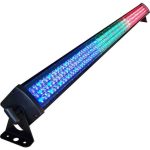LED Light Energy Efficiency: Understanding the Amps Used
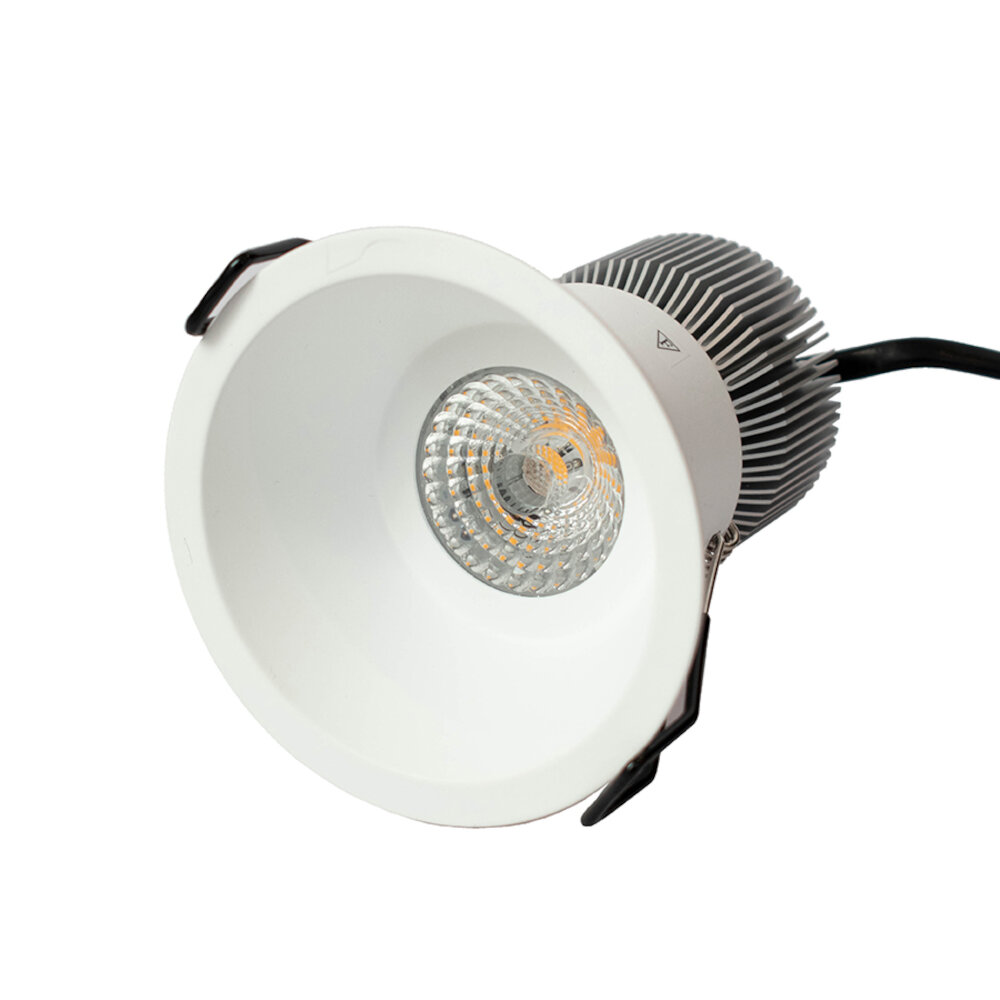
LED lights have become increasingly popular in recent years, thanks to their energy efficiency and long lifespan. Unlike traditional incandescent bulbs, LEDs use far less energy to produce the same amount of light, making them an excellent choice for both residential and commercial lighting applications. However, while many people are aware of the benefits of LED lighting, not everyone understands the electrical properties that make them so efficient. In particular, the concept of amps is essential for understanding LED light energy efficiency, as it plays a significant role in determining how much power these lights consume. To put it simply, amps (short for amperes) are a measure of electrical current. In the context of LED lighting, amps refer to the amount of current that flows through the circuit that powers the light. This current is essential for the LED to function, as it provides the energy necessary to produce light. However, the amount of current needed can vary depending on the specific LED light being used. By understanding how amps affect LED energy efficiency, you can make informed decisions when selecting LED lights for your home or business.
LED lights, or Light Emitting Diodes, are energy-efficient lighting options that are rapidly gaining popularity in both residential and commercial settings. These lights use semiconductors to convert electrical energy directly into light, making them more efficient than traditional incandescent bulbs which produce light as a byproduct of heat. LED lights also have a longer lifespan, lasting up to 25 times longer than incandescent bulbs, and are more durable as they are built with solid-state components. Additionally, LED lights emit little to no heat, making them a safer choice and reducing the strain on air conditioning systems. These benefits make LED lights a cost-effective and eco-friendly lighting option for those looking to reduce their energy consumption and carbon footprint.
Understanding the amps used in LED lights is crucial for ensuring their energy efficiency. Amps, also known as amperes, are the unit for measuring the flow of electric current in a circuit. LED lights require a specific amount of amps to operate efficiently, and exceeding this limit can cause the lights to overheat and fail. It is important to note that different LED lights have different amp requirements depending on their size, type, and intended use. Therefore, understanding the amps used in LED lights helps in choosing the right power supply and avoiding potential hazards, such as short circuits or electrical fires. In summary, knowing the amps used in LED lights is essential in maximizing their energy efficiency and ensuring their safe operation.
What are Amps in LED Lights?
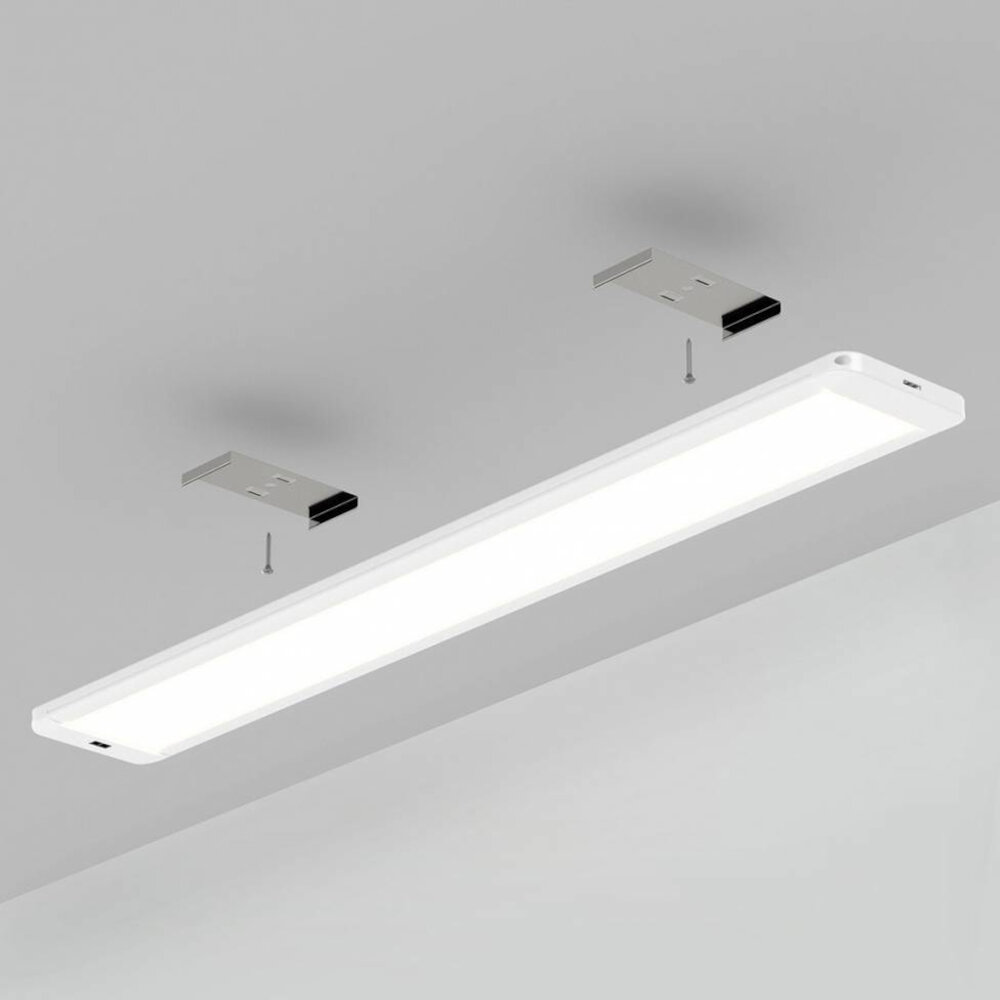
Amps, short for amperes, refer to the measurement of electrical current flow in a circuit. In LED lights, amps indicate the amount of electricity that flows through the circuit to power the light. The amount of amps required to operate an LED light depends on its wattage and voltage rating. A higher wattage rating requires more amps to operate while a lower voltage rating requires fewer amps. Therefore, it is essential to understand the amps used in LED lights to ensure their energy efficiency and safety. Moreover, knowing the amps used in LED lights helps in determining the appropriate circuit breaker size and wire gauge for installation. Since LED lights are energy-efficient and have a low power draw, they require less amperage to operate. Therefore, using oversized wires and circuit breakers can lead to unnecessary costs and potential hazards. It is crucial to follow the manufacturer’s specifications and recommended wire and breaker sizes to prevent electrical fires or damage to the LED light. Understanding the amps used in LED lights is crucial in ensuring their energy efficiency and safe operation.
Amps, short for amperes, is a unit used to measure electrical current. It is named after the French physicist André-Marie Ampère, who is known for his contributions to the field of electromagnetism. One ampere is defined as the amount of electric current that flows through a conductor in one second when a constant voltage of one volt is applied to it. In simpler terms, it measures the rate at which electric charge flows through a circuit. Understanding amps is crucial when it comes to LED light energy efficiency, as it allows us to determine how much power is being consumed and how much energy is being saved. By using lower amp LED lights, we can reduce our energy bills and carbon footprint, making it a more sustainable lighting option.
The amount of amps used in an LED light directly affects its energy efficiency. An LED light is designed to operate at a specific voltage and current. If the current is too low, the LED will not light up, and if the current is too high, it may damage the LED. Therefore, it is crucial to have the correct amount of amps flowing through the LED to ensure optimal energy efficiency. In addition, the higher the amps used, the more energy the LED light will consume, which will ultimately result in higher energy costs. By understanding the amps used in LED lights, users can optimize their energy usage and save money on their electricity bills while still enjoying the benefits of efficient lighting.
Voltage and Amps have a direct relationship when it comes to understanding LED light energy efficiency. Voltage is the force that pushes electric charges through a circuit, while Amps measure the amount of electric charges that flow through that circuit per second. In simple terms, voltage is like the water pressure in a pipe, while amps are like the amount of water flowing through that pipe. The higher the voltage, the more amps will flow through the circuit. Therefore, it is crucial to understand the role of voltage in amps when it comes to LED lights’ energy efficiency. By optimizing the voltage, we can ensure that the LED light consumes only the required amount of amps, resulting in energy-efficient lighting.
Factors Affecting the Amps Used in LED Lights
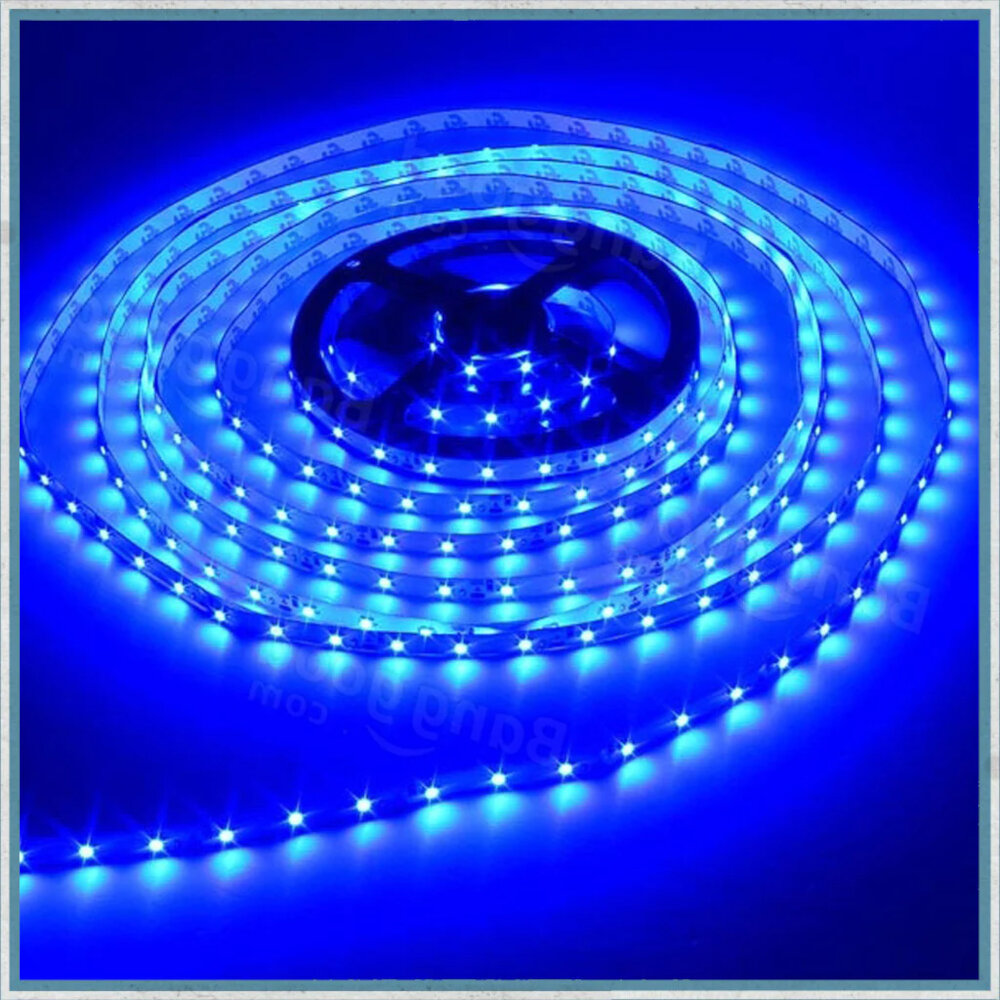
LED lights are a popular and energy-efficient lighting solution that has been gaining popularity in recent years. However, the amps used by these lights can be affected by a variety of factors. One of the primary factors that can affect the amps used by LED lights is the voltage of the power source. If the voltage is too high, the amps used by the LED lights will also be high, which can lead to increased energy consumption and decreased energy efficiency. On the other hand, if the voltage is too low, the amps used by the LED lights will be lower than optimal, which can also impact the energy efficiency of the lights. Another factor that can affect the amps used by LED lights is the temperature of the environment in which they are installed. If the temperature is too high, the amps used by the LED lights will increase, which can lead to decreased energy efficiency and potentially even damage to the lights. Conversely, if the temperature is too low, the amps used by the LED lights will be lower than optimal, which can also impact energy efficiency. Additionally, the quality and type of LED driver used can also impact the amps used by the lights, making it important to choose high-quality drivers that are appropriate for the specific LED light being used.
The efficiency of LED drivers is a crucial aspect that determines the overall energy efficiency of LED lights. LED drivers convert the AC power supply to DC power supply that is required to operate the LED lights. The efficiency of LED drivers is measured in terms of power factor, total harmonic distortion, and efficiency. A high-efficiency LED driver has a high power factor, low harmonic distortion, and high efficiency, which means it can convert a higher percentage of input power into usable output power. This leads to reduced power consumption, lower energy bills, and longer lifespan of the LED lights. Therefore, selecting a high-efficiency LED driver is critical to achieving energy efficiency and reducing the environmental impact of lighting systems.
Heat dissipation is a critical factor to consider when it comes to LED light energy efficiency. LED lights are known for their low power consumption and long lifespan, but they also generate a significant amount of heat. If the heat is not dissipated efficiently, it can cause damage to the LED components and reduce their lifespan. To ensure proper heat dissipation, LED lights are designed with heatsinks and other cooling mechanisms that help dissipate the heat generated. The efficiency of these cooling mechanisms can impact the overall energy efficiency of the LED light, so it’s essential to choose a high-quality LED light that is designed to dissipate heat effectively.
LED light color temperature refers to the hue of the light produced by an LED bulb. It is measured in Kelvin (K), and the higher the number, the cooler and bluer the light appears. Conversely, lower numbers indicate warmer, more yellow or orange-hued light. Color temperature plays an important role in the ambiance of a room or space, as it can affect the mood and perception of those within it. For example, a warm, yellow-tinted light may be more suitable for a cozy living room, while a cooler, blue-toned light may be preferable for a workspace or kitchen. It is important to consider the color temperature of LED bulbs when selecting lighting options, as it can have a significant impact on both energy efficiency and the overall feel of a room.
LED light dimming is an important aspect of energy efficiency that can help save money and reduce energy consumption. By reducing the amount of current flowing through the LED, the brightness of the light can be adjusted to suit the needs of the user. This can be achieved through the use of a dimmer switch or by adjusting the voltage supplied to the LED. However, it is important to note that not all LEDs are compatible with dimmer switches, and using the wrong type can lead to flickering or damage to the LED. Therefore, it is essential to choose the right type of LED and dimmer switch to ensure that the energy efficiency benefits are maximized.
How to Calculate Amps Used in LED Lights
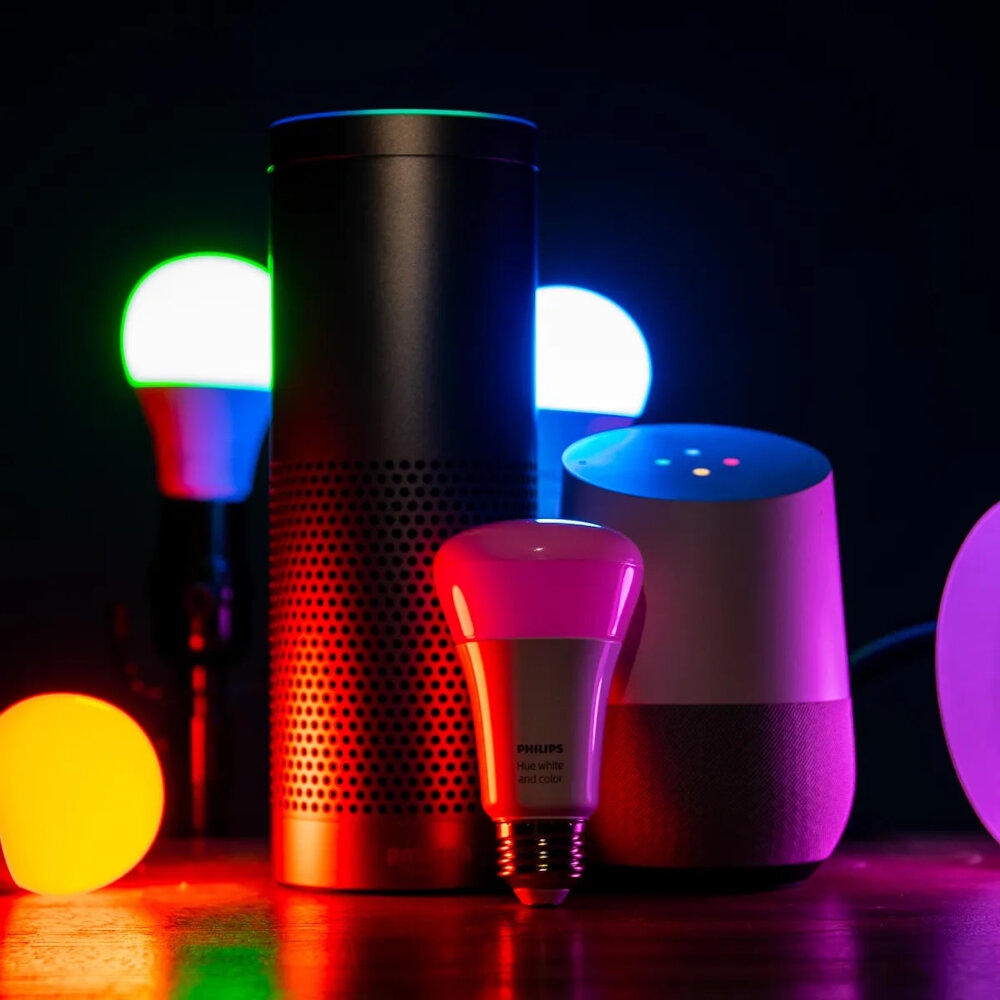
LED lights are a popular choice for lighting up a space due to their energy efficiency and long lifespan. However, it’s important to know how to calculate the amps used in LED lights to determine their energy consumption. The calculation is relatively simple and requires knowledge of the voltage and wattage of the LED light. To calculate the amps used, divide the wattage of the LED light by the voltage it operates on. For example, if a 12-volt LED light has a wattage of 6 watts, the amps used would be 0.5 amps (6 watts / 12 volts = 0.5 amps). Knowing how to calculate the amps used in LED lights can help you make informed decisions when it comes to energy consumption and cost. By choosing LED lights with lower wattage and voltage, you can reduce your energy consumption and save money on your electricity bill. Additionally, understanding the amps used can help you determine the appropriate wiring for your LED lights to ensure they are safely and properly installed. Overall, taking the time to calculate the amps used in LED lights is a valuable step in promoting energy efficiency and reducing your carbon footprint.
To understand the energy efficiency of LED lights, it is important to comprehend the concepts of wattage and voltage. Wattage refers to the amount of power consumed by the LED light, while voltage refers to the amount of electrical pressure required to make the LED light function. LED lights use significantly less wattage than traditional incandescent bulbs, making them more energy-efficient and cost-effective. Additionally, LED lights typically operate on lower voltages, reducing the risk of electrical shock and making them safer to use. By understanding the relationship between wattage and voltage in LED lights, consumers can make informed decisions about which products to purchase for their lighting needs.
Ohm’s law is a fundamental principle in electrical engineering that describes the relationship between voltage, current, and resistance. According to this law, the current passing through a conductor is directly proportional to the voltage across it, and inversely proportional to its resistance. This means that if the voltage across a conductor is increased, the current passing through it will also increase, provided the resistance remains the same. Conversely, if the resistance is increased, the current passing through it will decrease, given a constant voltage. In the context of calculating amps used in LED light energy efficiency, Ohm’s law is a powerful tool to determine the amount of current flowing through the circuit, given the voltage and resistance values. By rearranging the formula I = V/R, one can calculate the amperage required by any given LED light fixture, which is crucial in optimizing energy consumption and reducing operating costs.
When it comes to measuring the amount of electrical current flowing through a circuit, a multimeter is an essential tool. To measure amps, the multimeter must be set to the correct setting, usually labeled as \A\ or \mA\ depending on the range needed. The multimeter is then connected in series with the circuit, allowing the current to flow through the meter and display the amps on the screen. It is important to note that the multimeter must be rated for the amperage being measured and that the circuit being measured must be properly disconnected and isolated to avoid any potential safety hazards. Measuring amps is crucial in understanding the energy efficiency of LED lights and ensuring they are operating within their rated specifications.
Tips for Maximizing LED Light Energy Efficiency
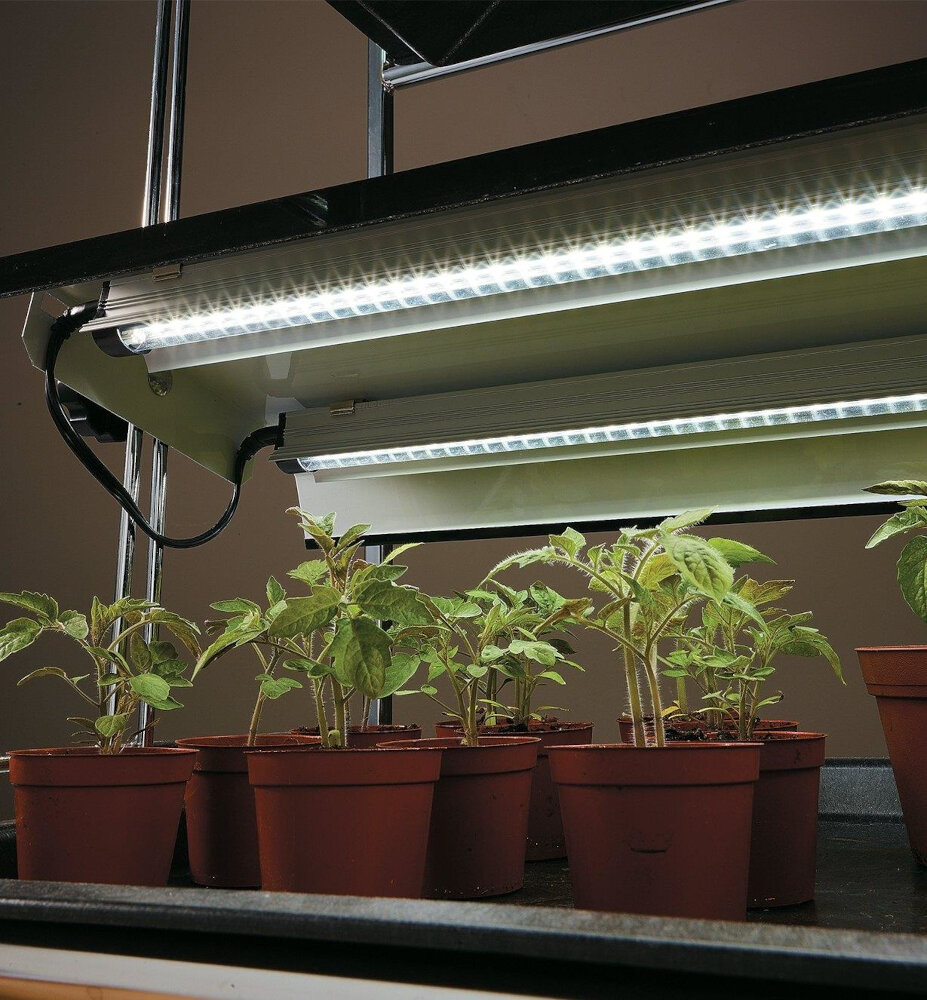
LED lights are becoming increasingly popular as a more energy-efficient and cost-effective lighting solution. However, to fully maximize their energy efficiency, there are a few tips you should keep in mind. Firstly, it’s important to choose the right color temperature for your LED lights. This can have a significant impact on energy consumption, with cooler temperatures using more energy than warmer ones. Additionally, it’s essential to choose LED lights with a high lumen output, as this will mean you need fewer bulbs to achieve the same level of brightness. This will not only save you money on energy bills but also reduce your carbon footprint. Another way to maximize LED light energy efficiency is to ensure that you are using the right type of dimmer switch. Not all dimmer switches are compatible with LED lights, and using the wrong one can result in flickering or reduced efficiency. Look for a dimmer switch specifically designed for use with LED lights, or consult with a lighting expert to ensure you are choosing the right one for your needs. Additionally, it’s important to turn off your LED lights when they are not in use, as leaving them on unnecessarily will waste energy and increase your energy bills. By following these simple tips, you can ensure that you are getting the most out of your LED lights, both in terms of energy efficiency and cost savings.
When selecting the appropriate LED light for your needs, it is essential to consider a variety of factors. Firstly, it is important to identify the intended purpose of the light, whether it is for general lighting or for a specific task. Secondly, the brightness of the LED light should be considered, as it can vary greatly depending on the number of lumens produced. Additionally, the color temperature of the light can have an impact on the mood and ambiance of the space. Finally, it is important to ensure that the LED light is energy efficient and uses an appropriate amount of amps to decrease electricity costs and minimize environmental impact. Overall, taking these factors into account can help you select the right LED light for your needs.
Maintaining your LED lights is crucial for ensuring their longevity and energy efficiency. Firstly, it’s essential to keep them clean by wiping them down regularly with a soft, dry cloth. This will prevent dust and debris from accumulating on the surface and affecting the light output. Secondly, it’s important to avoid overloading the circuit by not exceeding the recommended wattage or amperage. Overloading the circuit can cause the LEDs to burn out quickly and reduce their energy efficiency. Lastly, it’s advisable to invest in high-quality LED lights that are designed to last longer and consume less energy. By following these tips, you can ensure that your LED lights remain energy-efficient and provide optimal lighting for years to come.
One effective way to increase energy efficiency in lighting is by using LED light dimmers and timers. Dimmers allow users to adjust the brightness of their LED lights, which can significantly reduce energy consumption and extend the lifespan of the bulbs. Timers, on the other hand, can be set to turn lights on and off at specific times, reducing the amount of time they are left on unnecessarily. By implementing these tools, homeowners and businesses can not only save money on their energy bills but also reduce their overall carbon footprint.
Upgrading to more efficient LED drivers is a smart decision for those who want to maximize their energy savings and reduce their carbon footprint. LED drivers are responsible for regulating the amount of power that flows to the LED lights, and by using more efficient drivers, you can ensure that your lights are operating at their optimal level while consuming less energy. The benefits of upgrading to more efficient LED drivers are numerous, including longer lifespan of your LED lights, lower maintenance costs, and improved performance. With the right LED drivers, you can enjoy bright, energy-efficient lighting that is both cost-effective and environmentally friendly.
Understanding the amps used in LED lights is crucial for maximizing their energy efficiency. Amps, or amperes, measure the electrical current flowing through a circuit. In LED lights, the amount of current drawn is directly related to the amount of light produced. By understanding the relationship between amps and light output, individuals can choose the most efficient LED bulbs for their needs. Additionally, understanding amps can help prevent electrical hazards, such as overloading circuits or causing fires. Overall, taking the time to understand amps in LED lights can lead to significant energy savings, increased safety, and better lighting performance.
The article \LED Light Energy Efficiency Understanding the Amps Used\ discusses the importance of understanding the amount of amps used by LED lights. Amps are a measure of electrical current and knowing the amount of amps used by LED lights helps to determine their energy efficiency. The article explains that LED lights use less amps than traditional incandescent bulbs, making them more energy-efficient and cost-effective. It also mentions that the amps used by LED lights can vary depending on the wattage and voltage of the light, as well as the type of circuit it is connected to. The article emphasizes the importance of selecting LED lights with the appropriate amps and voltage for their intended use to ensure optimal energy efficiency.
In conclusion, LED lights have become an increasingly popular lighting option due to their exceptional energy efficiency. The use of LEDs has revolutionized the lighting industry by providing a more sustainable and cost-effective lighting solution for both residential and commercial use. The ability to control the brightness and color of LEDs has made them a versatile lighting option for a variety of applications. By understanding the amps used by LED lights, consumers can make informed decisions when selecting the right LED bulb for their specific lighting needs. With ongoing advancements in LED technology, it is clear that LED lights will continue to play a significant role in reducing energy consumption and promoting environmental sustainability.
Conclusion

In conclusion, LED lights are a highly efficient lighting option due to their low amps usage. By understanding the amps used by LED lights, we can make more informed decisions when selecting lighting options for our homes and businesses. LED lights not only save us money on our energy bills, but they also reduce our carbon footprint, making them an environmentally sustainable choice. As technology continues to improve, it is likely that LED lights will become even more energy-efficient, providing even greater benefits to both our wallets and the planet. Therefore, it is essential to spread awareness about the benefits of LED lights and encourage their adoption in our daily lives.


